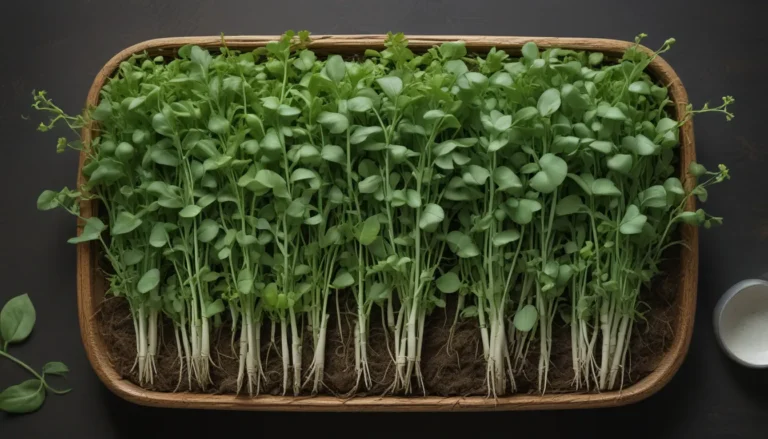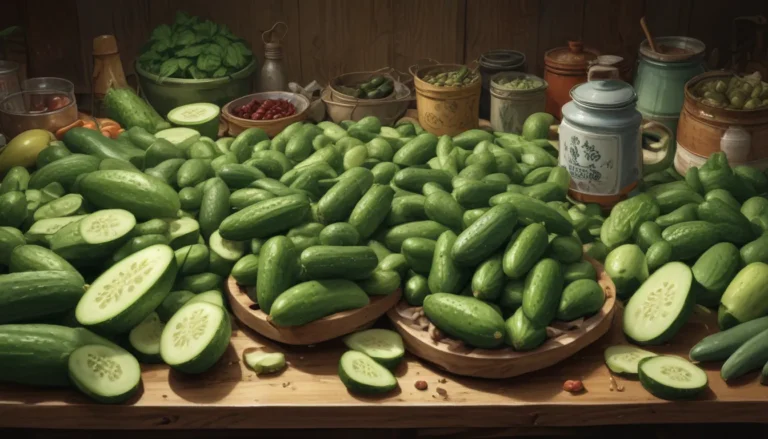The Ultimate Guide to Growing Beautiful Rugosa Roses

I have always had a soft spot for roses, their beauty and fragrance never fail to captivate me. However, dealing with diseases like black spot can sometimes be quite discouraging. That’s when I start to consider replacing my roses with easier plants like sedges or ornamental alliums.
But then I remember the allure of those stunning roses and decide to persevere. That’s when I discovered rugosa roses. These beauties are not only visually appealing but also incredibly tough and disease-resistant.
Are you tired of battling cold temperatures or powdery mildew? Look no further, rugosa roses might be the solution you’ve been searching for.
What Are Rugosa Roses?
Rugosa roses, also known as beach, Japanese, or seaside roses, are part of the Rosa rugosa species. They are native to eastern Asia and are commonly found near sandy areas like beaches. What sets them apart are their large, juicy hips that add to their ornamental appeal.
The thick, leathery leaves of the rugosa rose are another distinctive feature, along with their vibrant, long-lasting flowers. These plants are low-maintenance and resistant to common diseases like black spot and rust.
Cultivation and History
Introduced to Europe in the late 1700s, rugosa roses quickly naturalized and spread to North America. While they can be invasive in some regions, their disease resistance makes them ideal candidates for hybridization to create more manageable varieties.
Rugosa Rose Propagation
Rugosa roses can be propagated through various methods like cuttings, seeds, or purchasing plants. If you choose to grow from seeds, make sure to stratify them before planting. This process involves chilling them in a sealed container for 60 days to enhance germination.
How to Grow Rugosa Roses
Rugosa roses are adaptable to various soil types and light conditions. They thrive in well-draining soil and prefer full sun for optimal flowering. While they are tolerant of some drought, it’s essential to keep the soil consistently moist to encourage healthy growth.
Growing Tips
- Work in compost or manure before planting
- Provide full sun
- Maintain consistent soil moisture
Pruning and Maintenance
Managing rugosa roses involves regular pruning to control their spread and shape. Remove suckers to prevent overcrowding and trim back to leaf nodes to encourage branching. Avoid deadheading to allow the plant to continue flowering and producing hips.
Rugosa Rose Cultivars to Select
There are numerous rugosa rose hybrids available to suit different preferences and climates. Some standouts include ‘Alba Plena,’ ‘Bayse’s Purple,’ ‘Hansa,’ ‘Rugelda,’ and ‘Therese Bugnet.’ Each variety offers unique characteristics like fragrant flowers, vibrant colors, and cold tolerance.
Managing Pests and Disease
Rugosa roses are generally resistant to common diseases and pests due to their thick, tough leaves. Maintaining proper watering practices and good air circulation can help prevent issues like rust and powdery mildew. Watch out for aphids and scale but rest assured that these roses are less susceptible to pest damage.
Best Uses for Rugosa Rose Bushes
Rugosa roses can be grown as specimens, hedges, living fences, or erosion control plants. Their large, juicy hips are ideal for culinary, cosmetic, or medicinal uses. However, make sure to remove the seeds before consumption as they contain toxic compounds.
Quick Reference Growing Guide
- Plant Type: Woody perennial shrub
- Flower / Foliage Color: White, pink, red/green
- Native to: Eastern Asia
- Water Needs: Moderate
- Hardiness (USDA Zone): 2-7
- Maintenance: Moderate
- Bloom Time/Season: Spring, summer, fall (flowers) / winter (hips)
- Soil Type: Sandy to clay
- Exposure: Full sun
- Soil pH: 5.0-7.0
- Spacing: 5 feet
- Soil Drainage: Well-draining
- Planting Depth: 1/2 inch (seeds), same depth as container (transplants)
- Attracts: Bees, butterflies
- Growth Rate: Fast
- Uses: Border, cottage garden, edible, erosion control, hedge, living fence, specimen
- Time to Maturity: 5 years
- Order: Rosales
- Height: 6 feet
- Family: Rosaceae
- Spread: 20 feet
- Genus: Rosa
- Common Pests and Disease: Aphids, powdery mildew; rust, scale
- Species: Rugosa
Pretty on the Outside, Tough as Nails Inside
Rugosa roses are not your average delicate roses. With their remarkable disease resistance and cold tolerance, they are a gardener’s dream come true. Whether you’re looking for low-maintenance plants or vibrant hips for culinary use, rugosa roses have got you covered.
Are you ready to embrace the beauty and resilience of rugosa roses in your garden? Share your thoughts and experiences in the comments below. And if you’re interested in more rose-growing tips, check out our other informative guides. Happy gardening!





